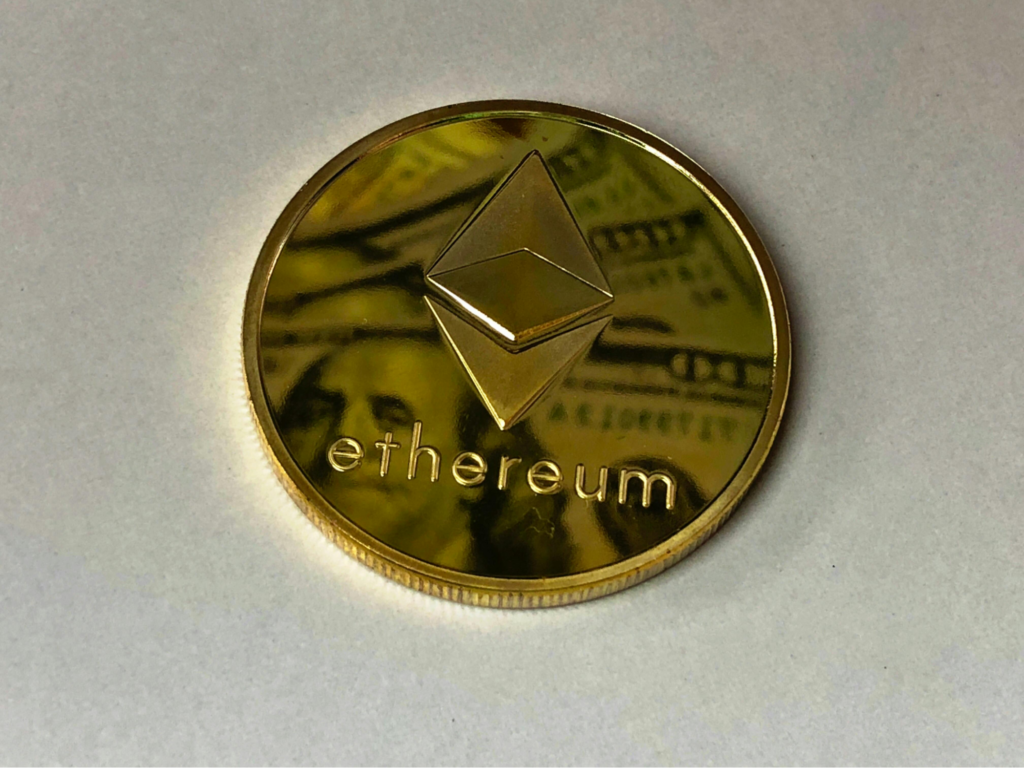
If you are a seasoned or new crypto investor, you have likely heard of Ethereum, which shouldn’t come as a surprise. Second only to Bitcoin, it has made many significant strides, such as the smart contract functionality that decentralized apps (DApps) and decentralized finance (DeFi) thrive on. But that’s just the tip of the iceberg. The Ethereum network doesn’t discriminate; nothing stands in your way of building decentralized tokens, apps and other crypto assets.
Its value doesn’t hurt either; crypto investors who follow the Ethereum 2024 price target predictions may be attracted by the live price. However, Ethereum is still a cryptocurrency, which means that its price never stays the same. Several factors are responsible for this phenomenon, and staying abreast of them can help you make the right investment decisions.
What Situations Influence Ethereum’s Price?
The frequent price fluctuations that Ethereum experiences aren’t without their causes. However, overlooking them and investing blindly can lead to significant losses. As a crypto investor, you should closely monitor the following causes to reap the benefits of your investments.
The Dynamics of Demand and Supply
Despite its potential, Ethereum is just like other cryptocurrencies and commodities- they are not spared from the dynamics of supply and demand. That said, it will be more valuable to investors if there is enough positive hype around it, especially from the media, or when a major company decides to use it as a method of payment. Another situation that can make Ethereum’s price more valuable is how many are in circulation.
That said, it wouldn’t be so hot if its supply is more than its demand. Many Ethereum investors will not hesitate to sell their coins in a panic to reduce their losses if there are negative speculations or news of gloom. This can lead to an excess supply, which their value may not survive.
Improvement in the Ethereum Network
Ethereum got a major glow-up when it switched from PoW (proof of work) to PoS (proof of stake) in September 2022. Also known as the merge, it promoted the safeguarding of the network by using validators and staked ETH, which is more effective than mining new blocks. Aside from this, the merger reduced the energy usage of Ethereum by a whopping 99.95%, making it a more favourable cryptocurrency option for environmentally-conscious crypto investors. But there’s a catch; users must stake 32 ETH to validate their transactions. This could lead to a reduction in the supply of coins, increasing their value as their demand rises.
Ethereum never stops evolving; danksharding, proto-danksharding (EIP-4844), and full danksharding are in the pipeline, though it may take several years to implement. Fortunately, the Dencun upgrade successfully went live in March 2024, intending to reduce gas fees and improve scalability. This advancement has many renowned crypto analysts such as Yoddha predicting the price of Ethereum to exceed $10,000 by the end of the year.
The Impact of Bitcoin and Other Cryptocurrencies
Although making giant strides, Ethereum’s value is still largely controlled by Bitcoin, the oldest and most popular cryptocurrency. The usual trend is that Ethereum and other cryptocurrencies often get hit with significant value decreases whenever Bitcoin also becomes less valuable. On the other hand, Bitcoin helps other cryptocurrencies boost their prices when it is also being sought after by investors. This just goes to show how interconnected the cryptocurrency market is, where events related to a major player affect the rest.
A good example of this is the Bitcoin halving that took place on the 20th of April. According to FX Empire, investors were more than eager to stake $620M worth of ETH five days after the halving, although Ethereum price had trouble gaining momentum due to short-term swing traders and failing market liquidity. This initiative not only improved the Ethereum network security, but it also helped to stabilize ETH’s price value at $3,000.
Macroeconomic Influences
You should also pay attention to your country’s economic system and the world’s financial conditions, as they can determine Ethereum’s value at a particular time. For example, many investors tend to favour cryptocurrencies whenever their currencies become less valuable or inflation is wreaking havoc on their economies.
That’s not all there is, though. Like many other wealth builders, you wouldn’t be excited about investing when the bank rates are low. That said, many will tend to try their luck with cryptocurrencies. After all, some believed in the concept of “more risk, more reward.” Other macroeconomic influences include trade wars, political stability (or instability), and other global issues.
Regulations of each Country
Not all countries perceive cryptocurrency the same way, so your country’s regulations may be very different from an investor in another country. That said, you’re more likely to benefit from good Ethereum prices if your country is okay with cryptocurrency and encourages citizens to invest in it by creating opportunities and favourable policies for this purpose.
It’s no wonder that cryptocurrency is favoured in the US, with major institutions such as Microsoft, Burger King, and Overstock accepting Ethereum, Bitcoin and others as acceptable means of payment. On the other hand, China has a ban on cryptocurrency as a form of payment in its fight against financial crime and economic instability. This may be why its value is lower in the country.
Conclusion
Ethereum is the next biggest cryptocurrency for many reasons, and there’s nothing that should stop you or any investor from benefiting from it. But you should also not forget that it can be volatile; you could lose big time if you go in without preparing yourself. Sure, you can’t always be sure that things will go in your favour. However, your chances of better managing your risks are higher if you can monitor the various factors that influence Ethereum price.












